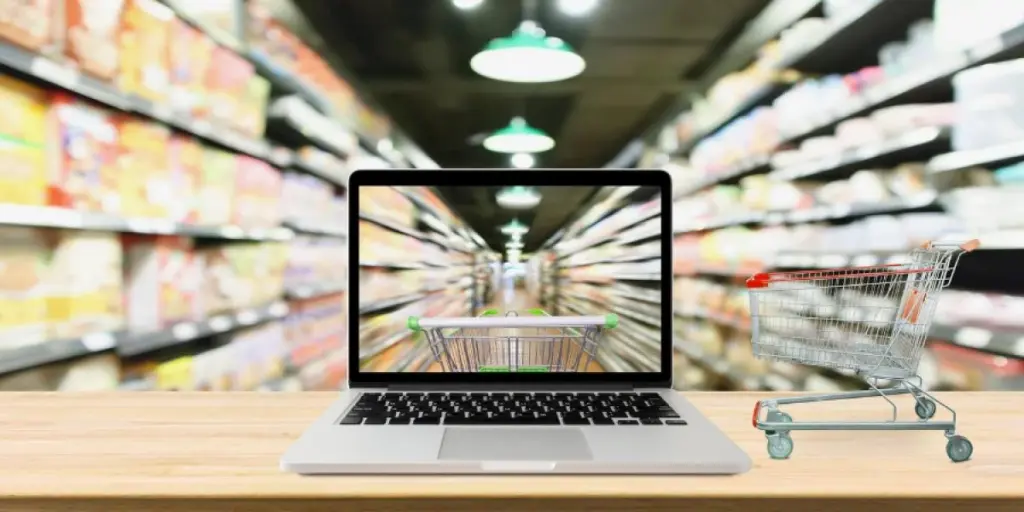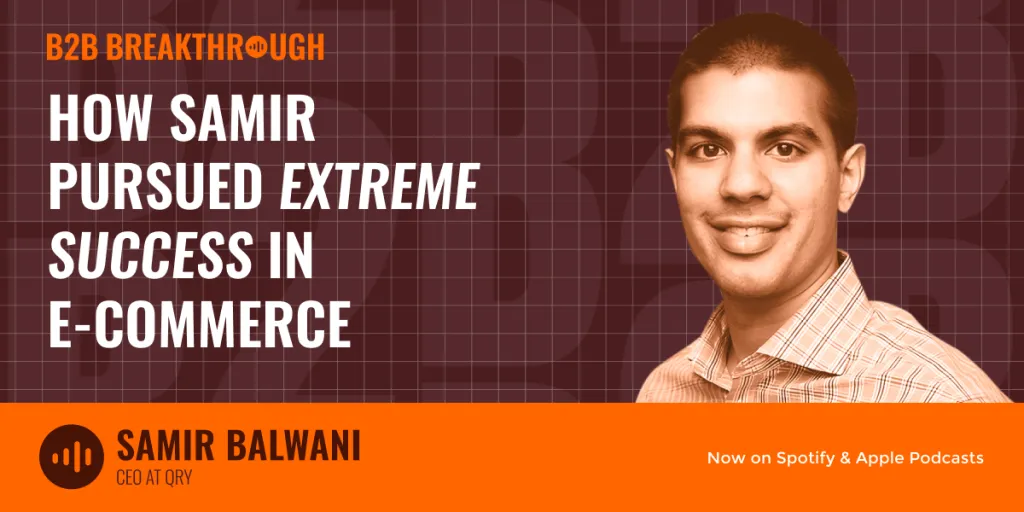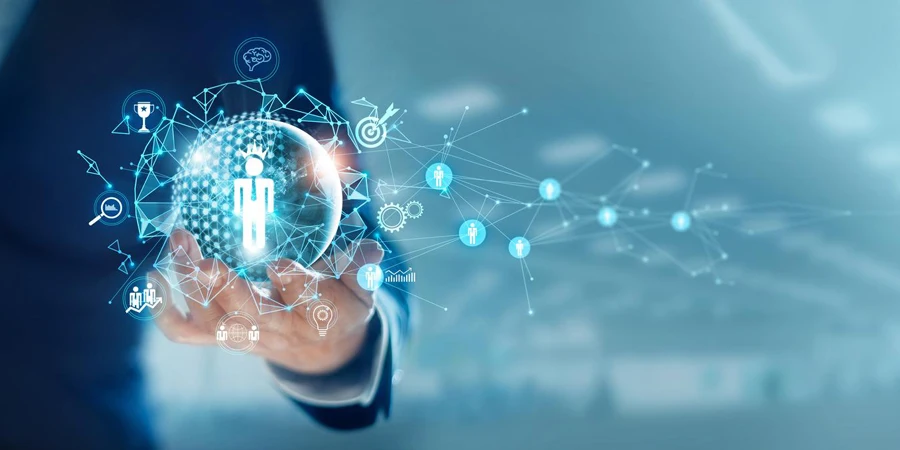The customer lifecycle is often misunderstood. It’s seen as a simple, linear process that businesses can easily navigate. In reality, the journey is complex and has many stages.
Each stage brings unique challenges and opportunities. Businesses must understand and improve every step of the process. From the first time that a customer becomes aware of your brand, to long-term loyalty.
In this article we’ll look at the five key stages of the customer lifecycle. They are: reach, acquisition, conversion, retention, and loyalty. We’ll explore best practices for managing each stage, and you’ll learn about powerful tools to help you excel at every step.
This will ensure your customers stay engaged and committed to your brand.
In this post:
● What is the customer lifecycle?
● What is customer lifecycle management?
● Customer lifecycle stages
● Customer lifecycle management best practices
● Customer lifecycle management tools
What is the customer lifecycle?
The customer lifecycle includes all the steps a person goes through when engaging with a business, from initial awareness to long-term loyalty. It’s a full view of the process. It helps businesses understand how to interact with customers at each stage, which help to maximize satisfaction and value.
There are five key customer lifecycle stages: reach, acquisition, conversion, retention, and loyalty. Each stage presents both opportunities and challenges for businesses to address. You can achieve these through targeted strategies and personalized experiences.
The customer lifecycle may also have a “disengagement” stage. Here, customers become inactive or lose interest in your brand. This stage is often referred to as the “churn” or “win-back” phase. Understanding this stage can help you devise strategies to re-engage and win back these customers.
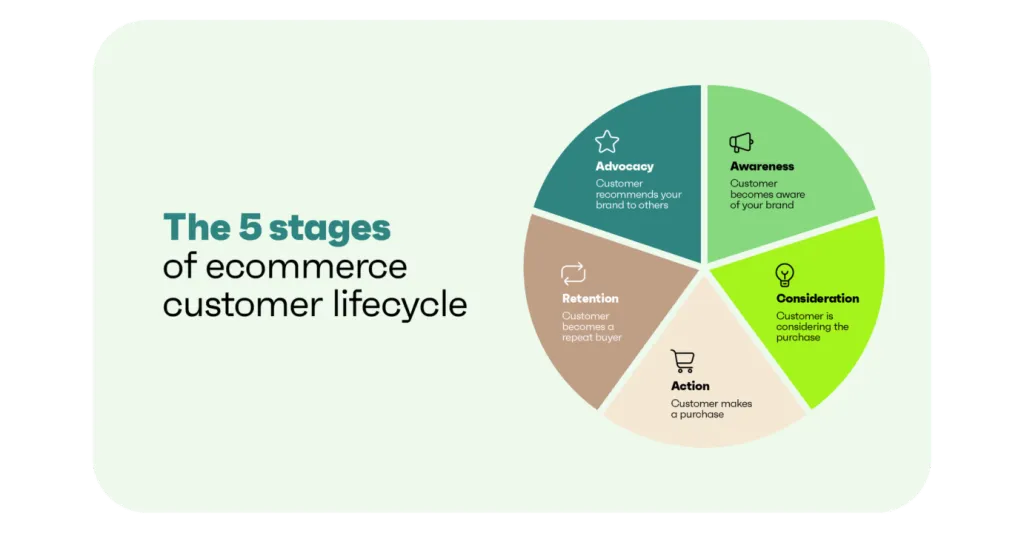
What is customer lifecycle management?
Customer lifecycle management involves optimizing each stage of the customer journey. The goal is to drive engagement, satisfaction, and long-term loyalty. It uses data, technology, and personalized interactions to provide the best customer experience.
Customer lifecycle management requires a deep understanding of customer needs, preferences, and behaviors. By analyzing consumer data and feedback, you can find chances to improve the customer experience, address pain points, and add value at every contact.
It also lets companies anticipate customer challenges, which allows them to then act to nurture relationships. They do this through targeted marketing campaigns, tailored product recommendations, and personalized support. Monitoring and adapting to the lifecycle helps maximize customer lifetime value.
Customer lifecycle stages
Let’s take a closer look at the five primary stages of the customer lifecycle.
Reach
The reach stage is when customers first learn about your brand, products, or services. This can happen through ads, social media, search engines, or referrals.
Acquisition
At the acquisition stage, potential customers express interest and engage with your brand. They may visit your website, sign up for a newsletter, or request more information.
Your goal at this stage is to capture their attention and persuade them to take the next step.
Conversion
The conversion stage is where prospects become paying customers. They purchase a product, subscribe to a service, or complete a desired action.
Optimizing the conversion process is crucial for success. This means streamlining the checkout and providing clear calls to action.
Retention
Once a customer has made a purchase, the goal becomes keeping them. This involves providing excellent customer service, offering personalized recommendations, and engaging them with targeted communications.
You can also consider the retention stage alongside disengagement. As you form retention strategies, use incentives and personal messages. These will re-engage and win back customers who haven’t interacted with your brand in a while.
Loyalty
The ultimate goal is to turn satisfied customers into loyal brand advocates. Loyal customers make repeat purchases and refer others to your business.
Review your current practices and find ways to reward long-time customers. Fostering loyalty is key for long-term success. This is done through rewards programs, exclusive perks, and, above all, great experiences.
Customer lifecycle management best practices
Effective management requires a strategic approach that focuses on delivering value at each of the customer lifecycle stages.
Customer acquisition
- Use targeted online advertising and social media campaigns to attract potential customers
- Optimize website SEO for organic traffic and implement referral programs
- Provide personalized onboarding experiences and welcome emails to new customers
Learn more:
Strategies to build an email list quickly
Engagement and retention
- Implement email marketing campaigns, newsletters, and personalized product recommendations based on customer preferences
- Encourage customer reviews and feedback to build trust and improve products and services
- Offer loyalty programs, discounts, and exclusive promotions to retain customers
Learn more:
How to create an email marketing strategy
Customer support
- Provide prompt customer service through various channels e.g. chat, email, or phone
- Address and resolve issues promptly, showing a commitment to customer satisfaction
Learn more:
How to optimize ecommerce conversions with live chat
Data-driven personalization
- Use customer data to tailor marketing efforts and product recommendations
- Implement dynamic website content that caters to individual preferences
Learn more:
How ecommerce personalization can increase customer engagement and sales
Post-purchase engagement
- Send order confirmations, shipping notifications, and post-purchase surveys
- Implement post-purchase follow-up emails to gather feedback and encourage repeat business
- Recommend complementary products based on customer purchase history
- Apply upselling techniques during the checkout process
Learn more:
Post-purchase emails: 6 examples & tips (+how to create them)
Re-engagement strategies
- Identify and target dormant customers with reactivation campaigns
- Provide incentives such as special offers or exclusive content, to re-engage inactive users
Learn more:
Win-back emails that convert like crazy (+ examples)
Community building
- Foster a sense of community through social media groups, forums, and user-generated content
- Host virtual events, webinars, or contests to engage customers and build brand loyalty
Learn more:
5 customer loyalty email examples that work
Continuous lifecycle analysis
- Regularly analyze customer data, feedback, and performance metrics
- Adjust strategies based on insights — this will make the customer experience better and the customer lifecycle more efficient
Learn more:
Customer lifecycle marketing: strategies & examples [2023]
Customer lifecycle management tools
Managing customer lifecycle stages can be aided by using the right tools. Here are some top choices:
- Omnisend – for ecommerce stores (email marketing tool)
- Zendesk – for customer support teams (live chat and helpdesk tool)
- Typeform – for all online businesses (feedback and survey tool)
- HubSpot – for marketing agencies and sales teams (CRM tool)
- Insightly – for small to mid-sized businesses (CRM tool)
1. Omnisend
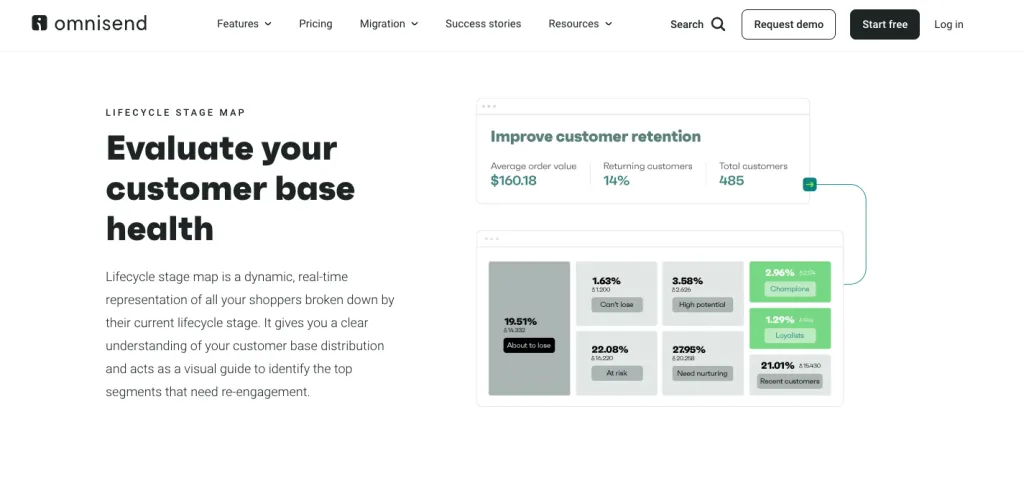
Perfect for lifecycle stages: Reach, Acquisition, Conversion, Retention, Loyalty
Made for: Ecommerce businesses
Omnisend is an all-in-one email marketing automation platform designed specifically for ecommerce. It provides tools to help businesses target customers and leads at various stages of the customer lifecycle.
One of Omnisend’s standout features is its visual customer lifecycle map. This tool segments your prospects by their customer lifecycle stage and lets you easily create targeted campaigns for each group.
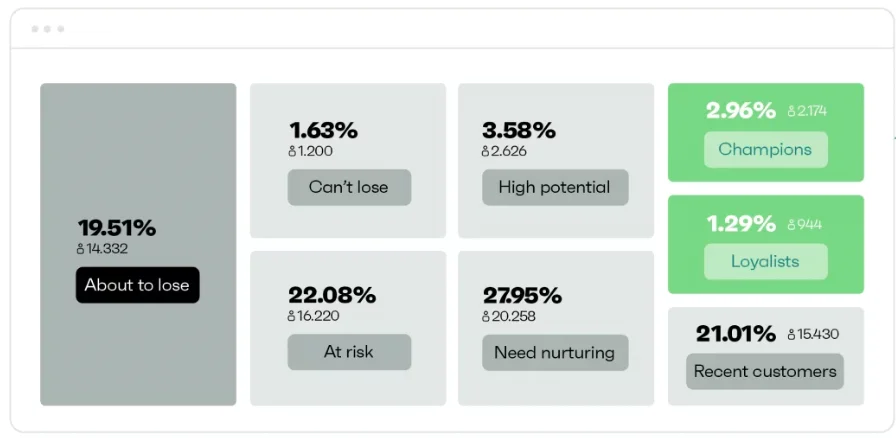
With just a few clicks, you can set up automated email, SMS, and push notification flows. They deliver the right message to the right customer at the right time.
By using Omnisend’s customer lifecycle map and automation capabilities, businesses can effectively nurture visitors, convert prospects, retain customers, and boost loyalty. The platform’s AI-driven insights and recommendations further optimize your lifecycle marketing efforts for maximum impact.
Best features
Omnisend offers a range of powerful features to enhance your customer lifecycle marketing:
- Visual customer lifecycle map for easy segmentation and targeting
- Pre-built automation workflows for welcome series, cart abandonment, and post-purchase follow-up
- Drag-and-drop email builder with customizable templates
- SMS and push notification campaigns for multi-channel engagement
- AI-driven product recommendations and segmentation
- Advanced reporting and analytics to track performance
- Seamless integration with popular ecommerce platforms including Shopify, BigCommerce, and Magento
Pricing
Omnisend provides a free plan that includes the customer lifecycle map. Paid plans start at just $16 per month, making it an affordable choice for businesses of all sizes.
Who uses this customer lifecycle tool?
Omnisend is used by over 100,000 ecommerce businesses worldwide, including household names such as Hallmark. Businesses of all sizes rely on Omnisend to help drive sales and engagement through targeted lifecycle marketing.
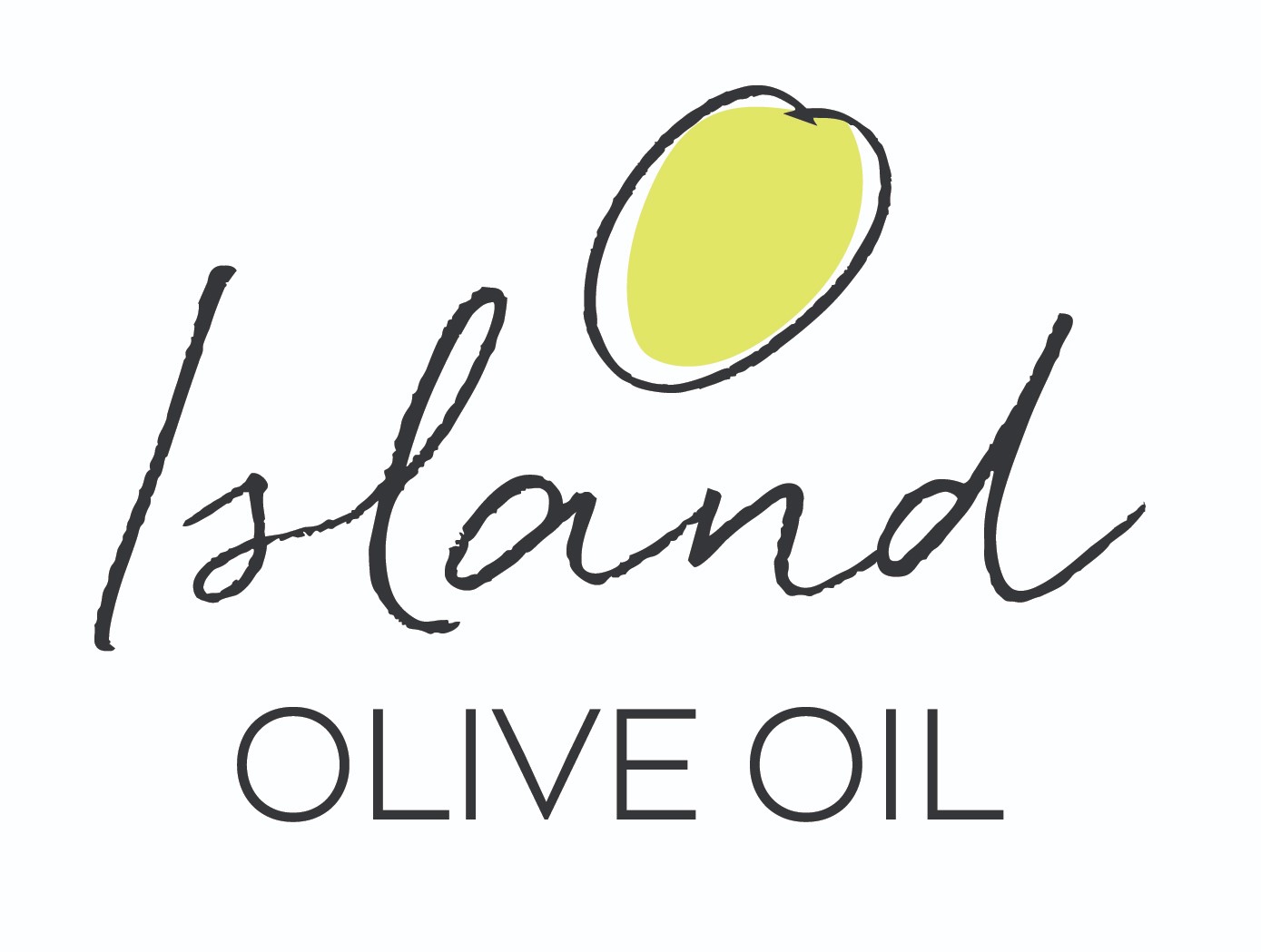 | “The lifecycle stage map is an incredible opportunity for a small business. This is the kind of thing that, otherwise, takes a marketing team to be able to do. “It’s a simple way to see our customers’ shopping or purchasing habits in one place, and it’s really helped us to be able to target different groups. We’re competing with larger businesses, and this allows us to have that reach at the right time.” Angèl Foster, co-owner of Island Olive Oil Company Learn how Angèl uses the lifecycle stage map |
2. Zendesk
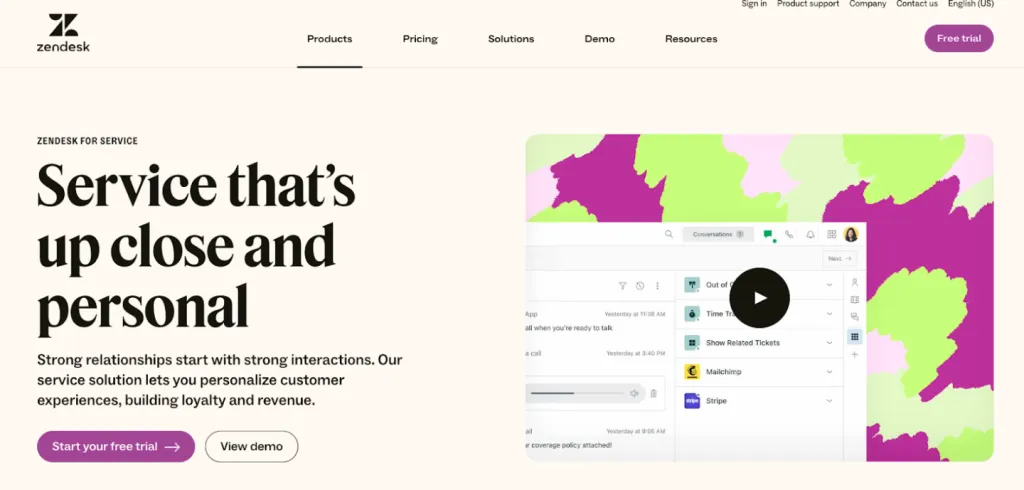
Perfect for lifecycle stages: Retention, Loyalty
Made for: Customer support teams
Zendesk is a customer service and engagement platform that helps businesses manage customer interactions across various channels. Its suite of tools includes live chat, a ticketing system, and a knowledge base.
Best features
- Omnichannel support to engage customers on their preferred channels
- AI-powered chatbots and self-service options
- Customizable ticket forms and workflows
- Insights and analytics to measure team performance
- Integrations with popular business tools such as Shopify, Salesforce, and Jira
- Collaboration features for seamless teamwork
- Customizable branding and templates
Pricing
Zendesk offers various pricing plans based on business needs, starting at $19 per agent, per month. A free trial is available.
Who uses this customer lifecycle tool?
Zendesk is used by over 160,000 businesses worldwide, including Airbnb, Uber, and Tesco.
Related:
How to give best-in-class omnichannel customer support
3. Typeform
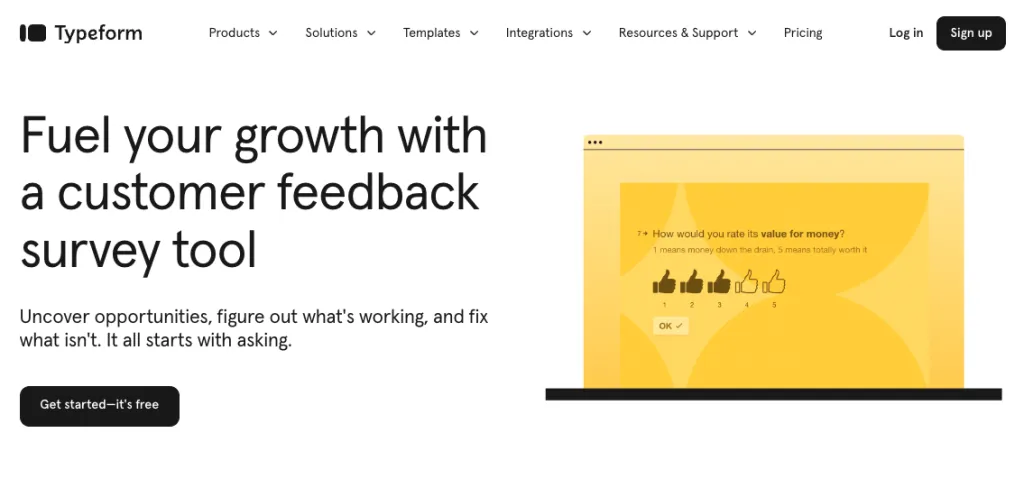
Perfect for lifecycle stages: Acquisition, Retention, Loyalty
Made for: All online businesses
Typeform is a versatile, user-friendly tool for online forms and surveys. It enables businesses to collect customer feedback, insights, and data. Its customizable design makes it a popular choice to gather valuable information at various stages of the customer lifecycle.
Best features
- Intuitive drag-and-drop form builder
- Customizable templates for various use cases
- Conditional logic and branching for personalized experiences
- Integration with popular tools such as Google Sheets, Slack, and Mailchimp
- Collaboration features for teamwork
- Insights and analytics to track form performance
- Mobile-friendly forms and surveys
Pricing
Typeform offers a free plan with basic features and paid plans starting at $25 per month. Discounts are available for annual billing.
Who uses this customer lifecycle tool?
Typeform is used by over 120,000 businesses, including Apple, Uber, and Nike.
4. HubSpot
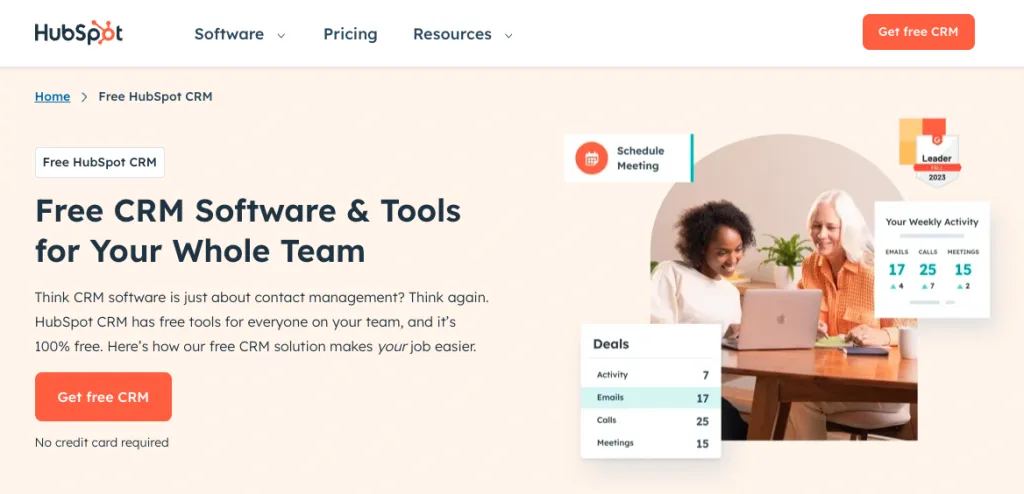
Perfect for lifecycle stages: Reach, Acquisition, Conversion, Retention, Loyalty
Made for: Marketing agencies and sales teams
HubSpot is an inbound marketing, sales, and service platform that helps businesses attract and engage customers throughout their lifecycle. Its all-in-one suite of tools includes CRM, marketing automation, and email marketing.
Best features
- Intuitive drag-and-drop landing page and email builders
- Personalized marketing automation workflows
- Lead scoring and segmentation
- Robust analytics and reporting
- Seamless integration between marketing, sales, and service tools
- Extensive app marketplace for integrations
- Free CRM with basic features
Pricing
HubSpot offers free tools for basic needs and paid plans starting at $45 per month for more advanced features. Prices increase based on the number of contacts and features required.
Who uses this customer lifecycle tool?
HubSpot is used by over 121,000 customers, including Trello, Soundcloud, and Subaru, in more than 120 countries.
5. Insightly

Perfect for lifecycle stages: Acquisition, Conversion, Retention
Made for: Small to mid-sized businesses
Insightly is a CRM and marketing platform. It helps small to mid-sized businesses manage customer relationships. It also streamlines sales. Insightly’s user-friendly interface and robust features make it a popular choice for growing businesses.
Best features
- Contact and opportunity management
- Lead routing and assignment
- Email marketing and automation
- Custom reports and dashboards
- Project management and task tracking
- Integration with Gmail, Outlook, and popular business tools
- Mobile CRM app for on-the-go access
Pricing
Insightly offers a free plan for up to two users and paid plans starting at $29 per user, per month. A 14-day free trial is available.
Who uses this customer lifecycle tool?
Insightly has over 1.5 million users worldwide, including brands such as Bloomberg, Bosch, and Sears.
Summary
Understanding and optimizing customer lifecycle phases is crucial for driving growth and success in today’s competitive landscape. By using sound customer lifecycle strategies and the right tools, businesses can attract, engage, and retain customers.
Some key takeaways:
- The customer lifecycle has five main stages. They are: reach, acquisition, conversion, retention, and loyalty
- Effective management involves tailoring strategies and experiences to each of the customer lifecycle stages
- Best practices for managing the customer lifecycle include personalized marketing, multichannel engagement, data-driven insights, and continuous optimization
- Tools like Omnisend, Zendesk, Typeform, HubSpot, and Insightly can help businesses at many customer lifecycle phases
Focus on providing value and great experiences at every stage of the customer’s life. This focus lets you build lasting relationships, grow revenue, and find long-term success.
Source from Omnisend
Disclaimer: The information set forth above is provided by omnisend.com independently of Alibaba.com. Alibaba.com makes no representation and warranties as to the quality and reliability of the seller and products.


